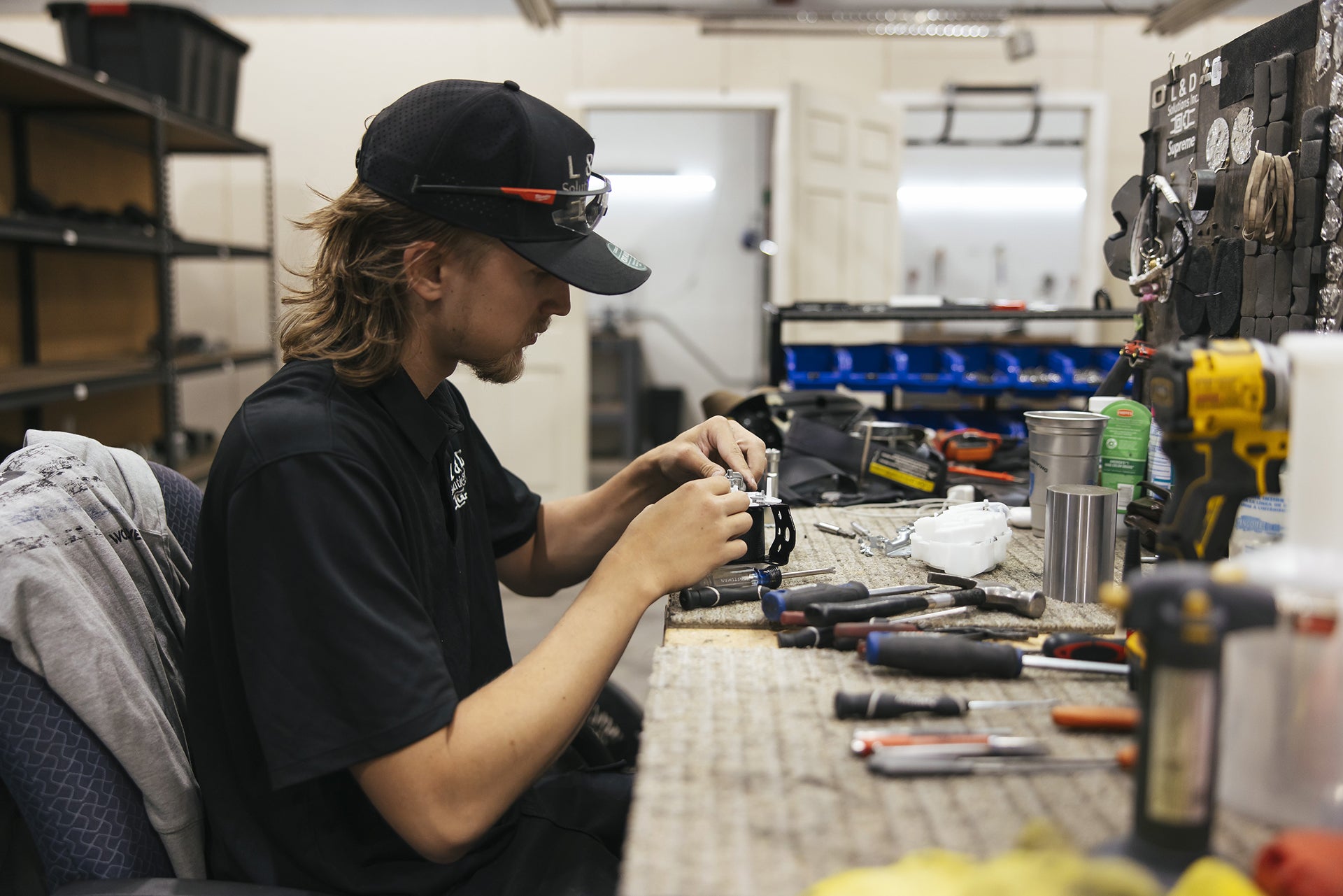It happens in a flash, a minor bump in a parking lot, a slow-speed rear-end at a stoplight, or a distracted moment in bumper-to-bumper traffic. Your car takes a small hit. No major damage, no injuries. But then you notice something odd: your airbag warning light stays on.
Now you're asking the big question, does my airbag module need to be reset, even though the airbags didn’t deploy?
First, What Exactly Is an Airbag Module?
The airbag control module, also called the SRS (Supplemental Restraint System) module, is your vehicle’s brain when it comes to airbags.
It monitors things like:
- Impact signals from crash sensors
- Seat belt usage
- Vehicle speed
- Airbag deployment status
When a collision is detected, the module decides whether or not to deploy the airbags. It also records crash data, kind of like a black box in an airplane.
If the airbags deploy, the module is usually locked and stores that event permanently. But what about small accidents where the airbags didn’t go off?
The Short Answer: Yes, Sometimes You Still Need a Reset
Here’s the thing, your airbag module might still think there was a crash, even if the damage looks minimal.
Modern vehicles are sensitive. Even a low-speed impact can trigger crash sensors. When that happens, the module may log a crash event or set a “hard” code (a permanent error) that can only be removed by resetting the module.
That’s why your airbag light might be stuck on, even though no airbags popped out.
Common Signs Your Airbag Module Needs Attention
If you’ve recently been in a fender bender and notice any of the following, it’s time to look closer:
- Airbag warning light won’t turn off
- You pulled crash codes using a scanner
- Your seatbelt pretensioners activated
- You’re told your airbags are disabled until fixed
In these cases, resetting the module is often necessary to restore your safety systems.
But I Didn’t Deploy the Airbags… Do I Really Have to Reset It?
That’s a fair question, and we hear it all the time.
Let’s use a real-world example:
A customer came in with a 2015 Toyota Camry. Light rear-end accident. No airbag deployment. But the airbag light was on, and the scanner showed a crash code stored in the SRS module. Seatbelts had locked too. We reset the module and replaced the belts. Problem solved.
So, even though the impact was minor, the SRS system still recorded the event. Without clearing that crash data, the vehicle would fail inspection, and the airbags might not deploy properly in a future accident.
Why You Shouldn’t Ignore It
Driving with a triggered airbag system can lead to real issues:
- Your airbags may not deploy in a serious crash
- You could fail a safety inspection (especially in states like California)
- The airbag light will stay on, which masks future problems
- You might not pass salvage or rebuilt title inspections
Ignoring the reset could cost more in the long run than fixing it right away.
Resetting vs. Replacing: What’s the Difference?
A lot of people think the only fix is buying a new module from the dealership. That’s not true.
Here’s a quick breakdown:
| Option | Cost | Process | Turnaround |
|---|---|---|---|
| Resetting | $50–$250 | Remove module, send to a reset service | 24–48 hours |
| Replacing | $250–$1,000+ | Buy new from dealership | Up to a week |
Resetting the module is safe, fast, and way more affordable.
At L&D Solutions, for example, we clear all crash data and test the module before sending it back. No coding required. Just plug it back in and you’re good to go.
Can You Do It Yourself?
Technically… yes. But you’d need:
- A diagnostic scanner that can access SRS systems
- Software capable of reading and clearing crash codes
- The skills to remove and reinstall the module safely (usually under the center console)
Most DIYers end up sending it in for a professional reset, and that’s smart. SRS systems aren’t something to mess around with unless you’re sure what you’re doing.
What About Seat Belts?
Good catch. If the seat belt pretensioners locked up during the accident (you'll know if they’re stuck or won’t retract), those will also need to be rebuilt or replaced.
That’s because they work with the airbag system. If the belts are locked, your airbag module will detect it and throw a code.
We often handle both the module reset and belt repair together, especially after minor collisions.
So, Do You Need to Reset Your Airbag Module After a Fender Bender?
Let’s recap with a simple checklist:
✅ Airbags deployed? — Yes, reset is required
✅ Airbag light on? — Probably yes
✅ Crash code stored? — Yes
✅ Seatbelts locked? — Yes
❌ No warning lights, no codes? — You’re probably good
Bottom line: If there’s any crash data stored, you’re going to need a reset, whether airbags deployed or not.
A Quick Word on Insurance
Some insurance policies cover SRS repairs and resets, especially if the claim includes other collision repairs.
Always ask your adjuster before paying out of pocket. If you’re doing the reset yourself to avoid totaling the car for something minor, that’s also common, and usually more cost-effective.
Final Thoughts: Don’t Leave Your Airbag System to Chance
Fender benders are frustrating. You deal with paint scuffs, maybe a broken taillight, and then you realize your airbag system got tripped too.
But skipping the reset isn’t worth the risk. You want your airbags ready to protect you and your family in case of a real accident.
So, if the light’s on or you’ve got a crash code showing, do yourself a favor and get the module reset. It’s quick, affordable, and way better than leaving your safety to guesswork.
Need help resetting your airbag module?
At L&D Solutions, we specialize in fast, affordable resets with no programming needed. Just ship your module to us, we’ll handle the rest.




Leave a comment
This site is protected by hCaptcha and the hCaptcha Privacy Policy and Terms of Service apply.